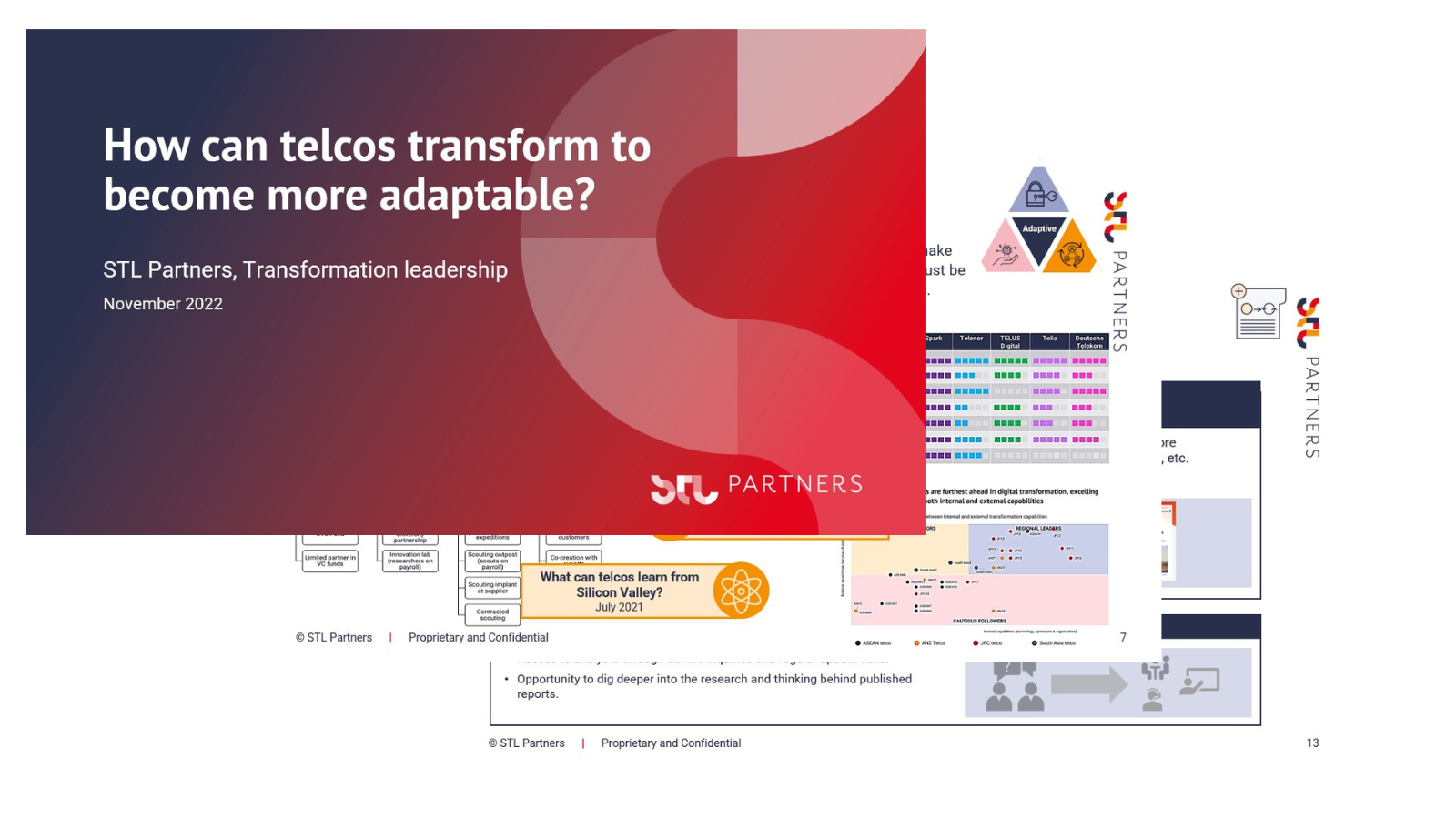
What is the RIC, and why should CSPs care?
As CSPs move towards O-RAN, the RAN Intelligent Controller (RIC) will be a key component in enabling transformation. In this article we explore what the RIC is, how far along the industry is with adoption, and how the RIC will benefit CSPs.
The RIC is a platform that brings intelligence to the RAN
The RIC stands for the RAN Intelligent Controller, which is an open platform that brings intelligent control and automation to the RAN (radio access network) and has been cited as a key part of O-RAN architecture.

The RIC is important because it brings intelligent decision making to the RAN using AI and ML. One way to think of this is that if the RAN were a human body, the RIC would be the brain. It provides intelligence and programmability to the RAN, and enables the onboarding of third-party applications. These applications can use intelligence from the network to orchestrate, optimise and assure operations in the RAN. They can also enable new use cases, such as assurance for edge computing.
However, CSPs have yet to adopt the RIC as deploying the RIC and unlocking its capabilities rely on establishing open interfaces in the RAN.
There are two forms of the RIC
There are two types of RIC, as defined by the O-RAN Alliance:
- The non-real-time RIC
- This is where rApps are hosted.
- It is typically located centrally in the radio access network.
- It enables non-real-time actions that take over one second.
- The near-real-time RIC
- This where xApps are hosted.
- The near-real-time RIC is typically in more distributed parts of the RAN, within telco edge cloud or regional clouds, but can be located centrally.
- It enables actions that take between 10 milliseconds and one second to complete.

The two RICs have different primary functions, but can communicate with each other
The non-RT RIC is a part of operators’ Service Management and Orchestration (SMO) Framework, so can be viewed as the controller for ‘bigger picture’ activity in the RAN. It provides instructions to the Near-RT RIC to ensure that RAN workloads are orchestrated to meet customer requirements. These orchestration and management-like capabilities are why many view the Non-RT RIC as an evolution of the SON (self-organising network).

On the other hand, the Near-RT RIC is responsible for the execution of critical RAN functions.
An example of the two RICs in action is network slicing in the RAN:
- The Non-RT RIC is responsible for continuously monitoring slice usage.
- If an SLA violation is detected, the non-RT RIC makes configuration changes and updates the xApp in the Near-RT RIC that is responsible for RAN slice assurance.
- The xApp then makes configuration changes to CUs and DUs, then feeds back to the rApps (in the non-RT RIC) to confirm SLAs are now being met.
Other examples of xApps and rApps include:
- Quality of experience (QoE) optimisation
- SLA assurance
- Local indoor positioning
- Traffic steering
- Congestion management
Adoption of the RIC will be tied to CSP O-RAN timelines
RIC adoption will be closely tied to O-RAN adoption, which could be 2 to 4 years away. However, some CSPs are already exploring how they could leverage the RIC. They see the non-RT RIC as being the more mature opportunity that will be addressable in the next year or two, whereas the near-RT RIC is seen as being further out.
Vendors are jumping on this opportunity, and some are already bringing out RIC solutions. The tendency is for vendors to only focus on one type of RIC (real-time or non-real-time), although some vendors such as VMware are offering both.
Other companies that have announced RIC plans include:
- Non-RT RIC: Ericsson, Amdocs and Mavenir
- Near-RT RIC: Nokia, Sterlite and Altiostar
- Both Non-RT RIC and Near-RT RIC: VMware, Juniper
The RIC can bring cost saving and monetisation opportunities
The RIC provides an opportunity for CSPs to drive efficiencies in the RAN. It can also bring new innovation, and enable new use cases or enhance existing ones through greater network intelligence and resource assurance and control. This could ultimately bring CSPs cost savings, improved quality of service for customers and new sources of revenue generation.
To summarise:
- The RAN Intelligent Controller is a platform that brings intelligent control and automation to the RAN.
- It is a key part of O-RAN architecture.
- There are two types of RIC: non-real-time and near-real-time.
- CSPs have not yet adopted the RIC as it relies on open interfaces first, but vendors are beginning to bring out solutions.
Network APIs: Unlocking new value in the telco cloud
Network APIs may offer an answer to the question of how to monetise recent and upcoming telco cloud deployments. Virtualised networks upgrade APIs and enhance the value they offer to developers and customers. To unlock their potential, telcos should focus on optimising their commercial models.
Telco Network Energy Efficiency: The Role of the RAN in Future Energy Consumption
With sustainability increasingly front of mind for stakeholders, operators are looking to the RAN for energy saving solutions to support their journey to net zero. This article details both the need for such solutions and what is on offer in the current marketplace.
Network Futures overview pack
Our Network Futures Service provides a roadmap for new network ownership, regulation and partnership models, and insights. into new technologies, industry dynamics and new players.




